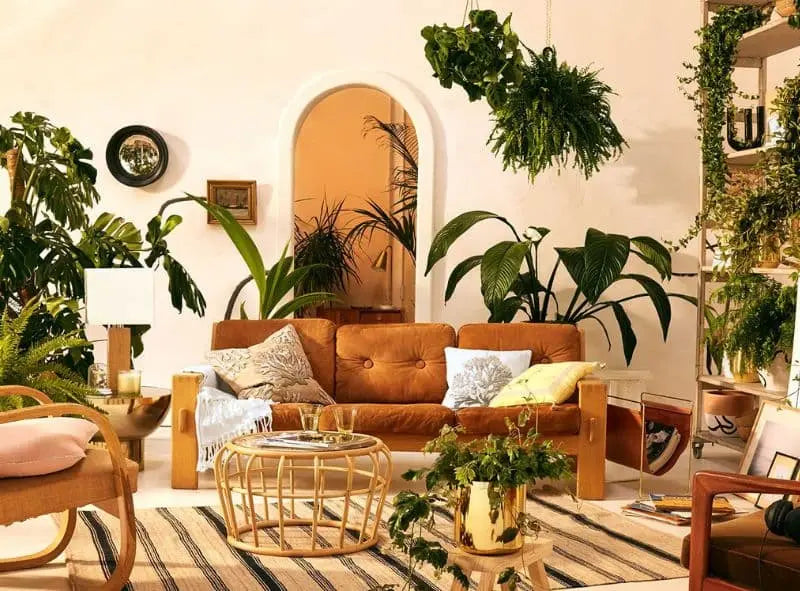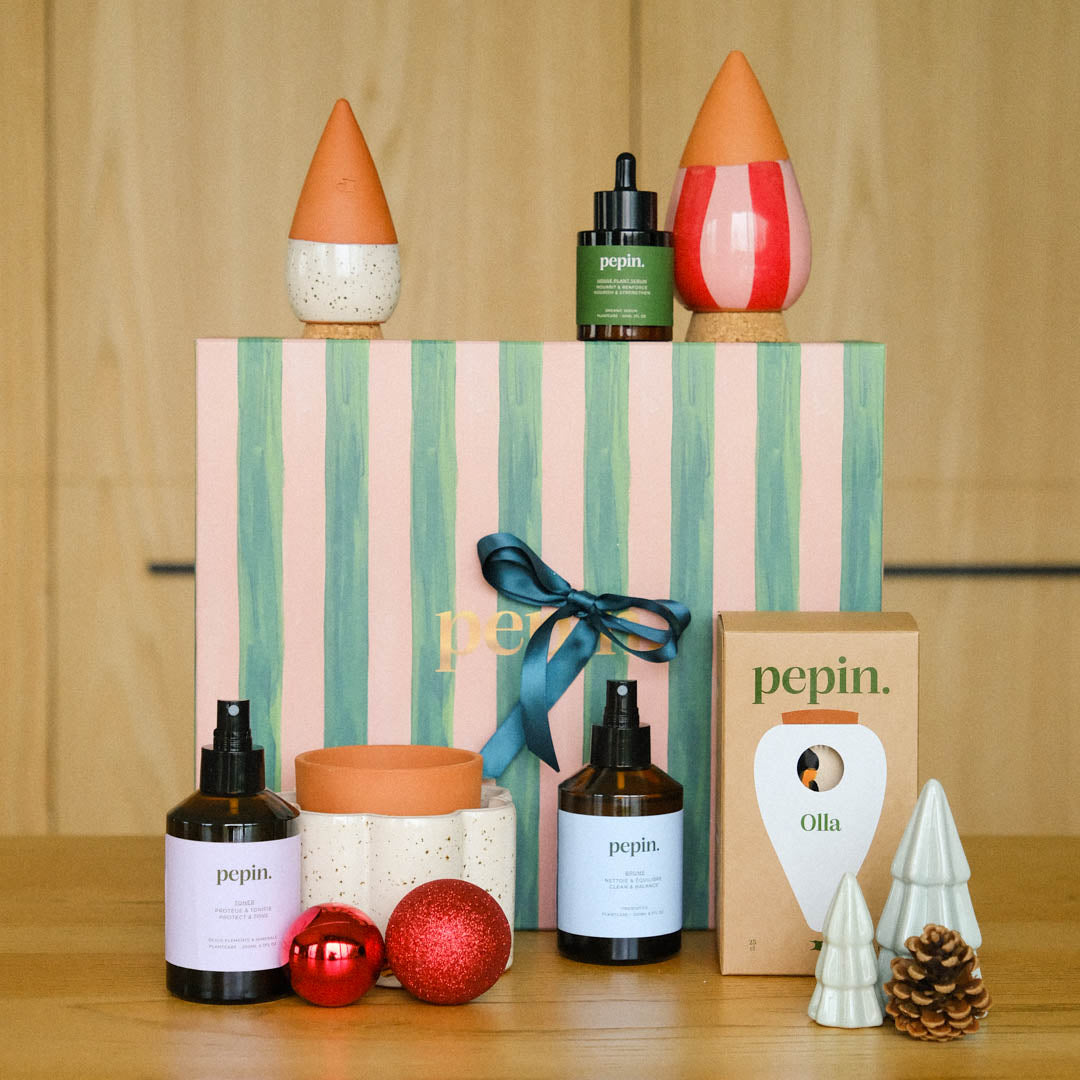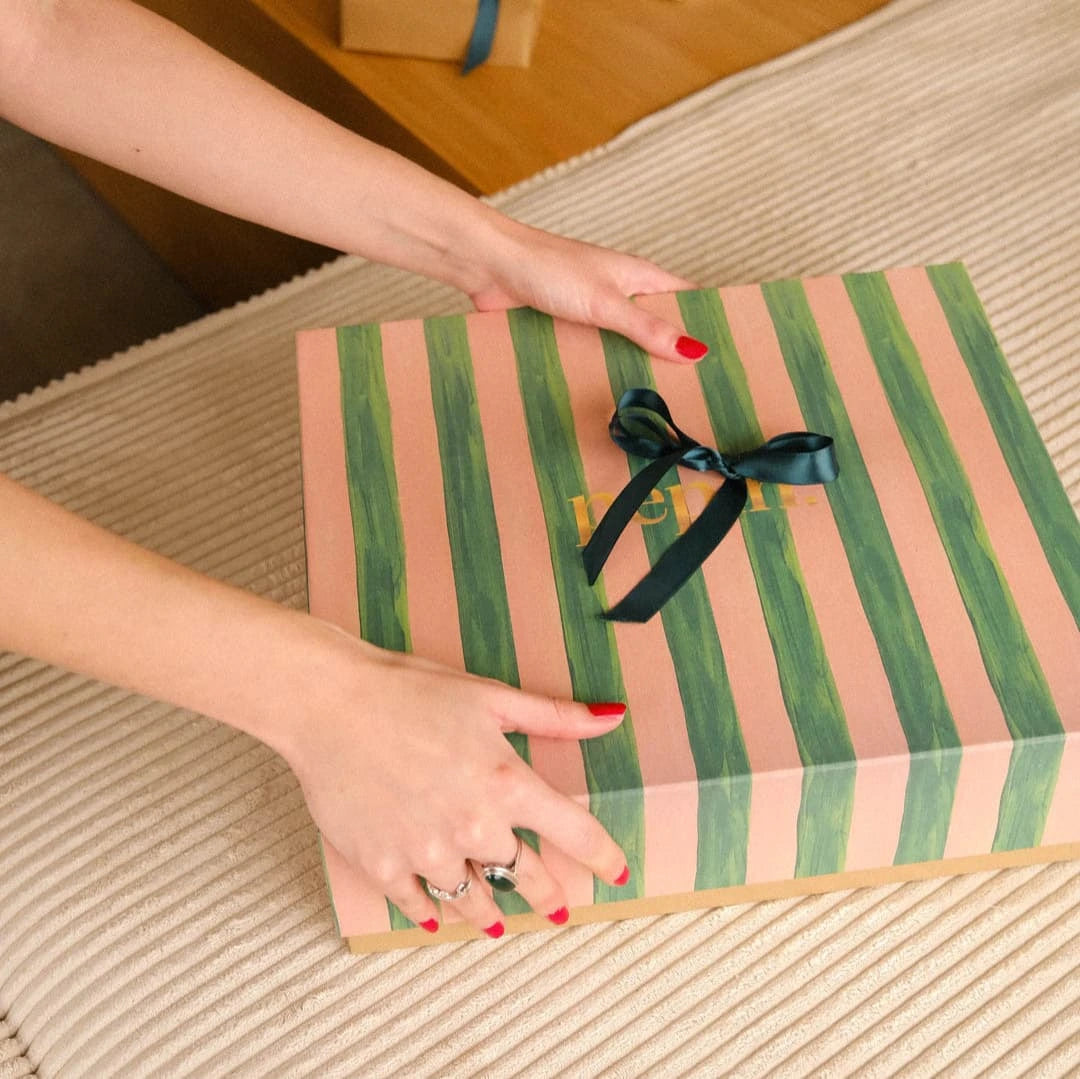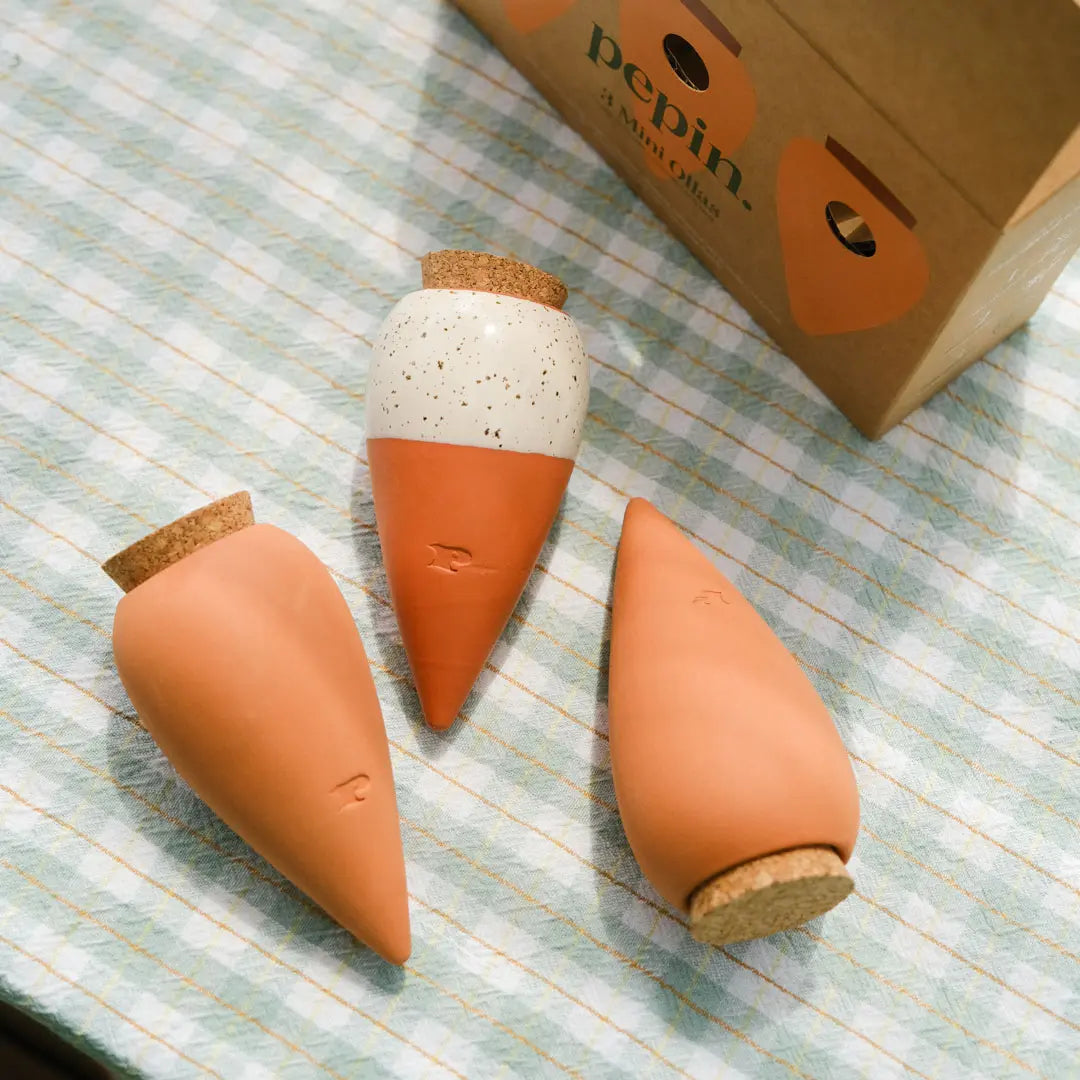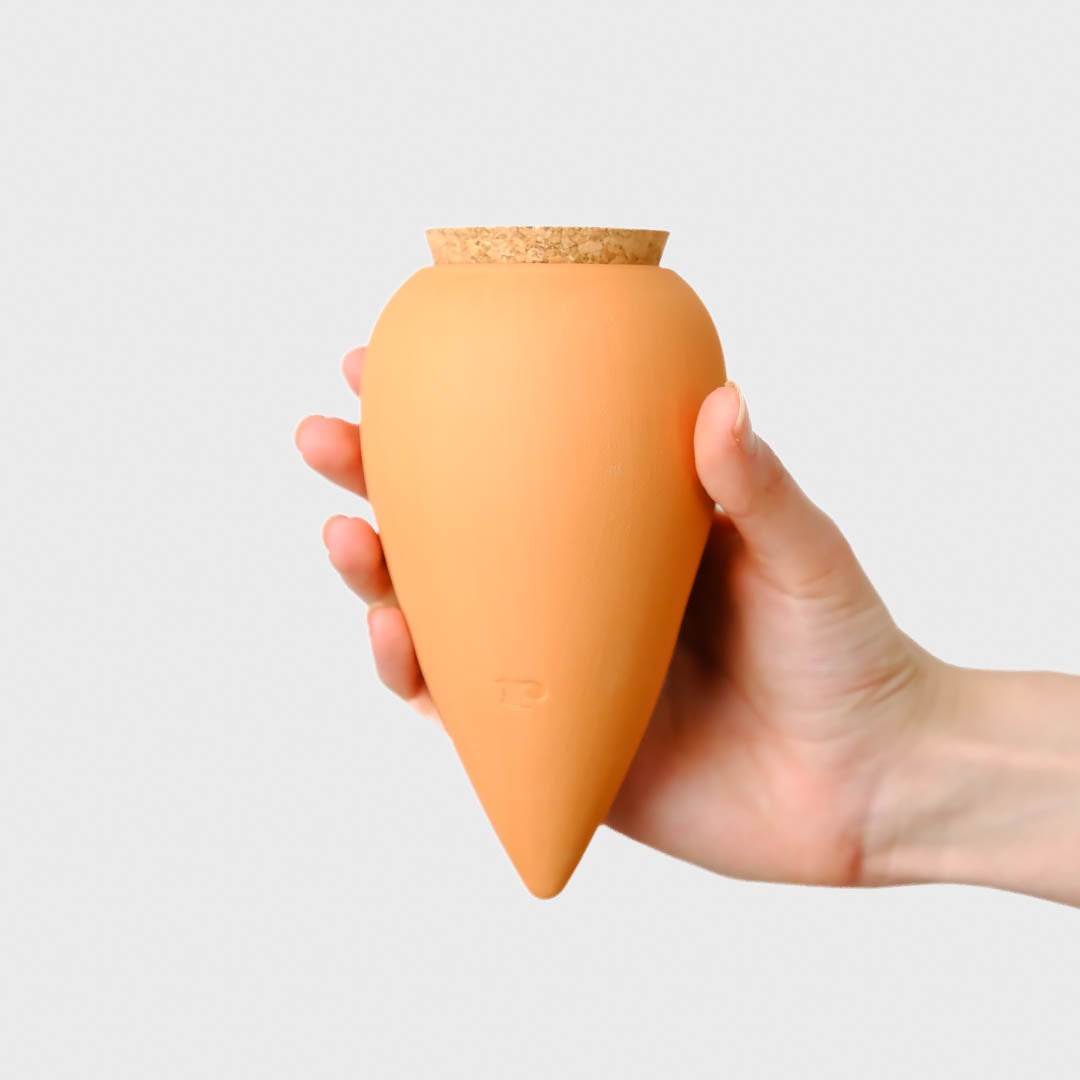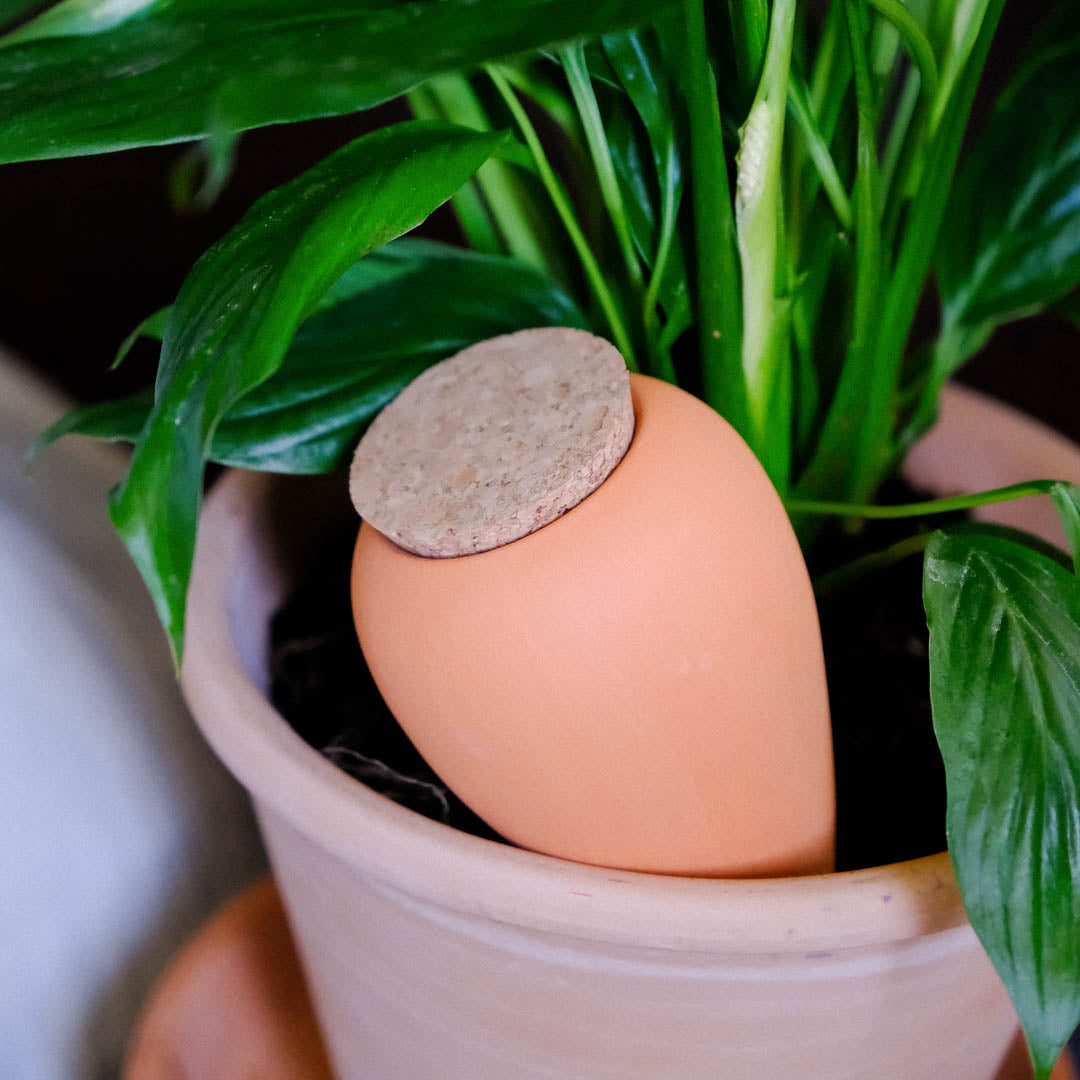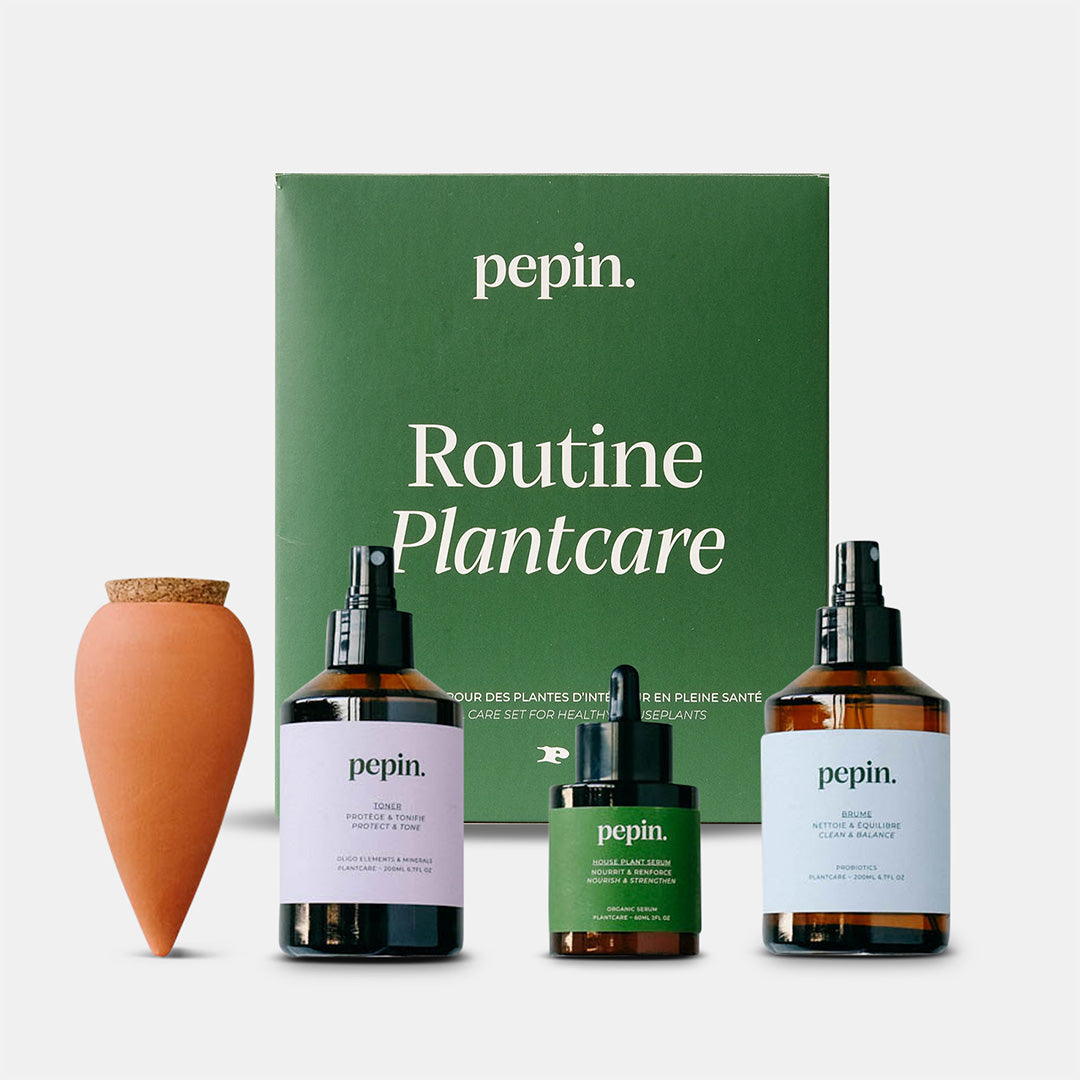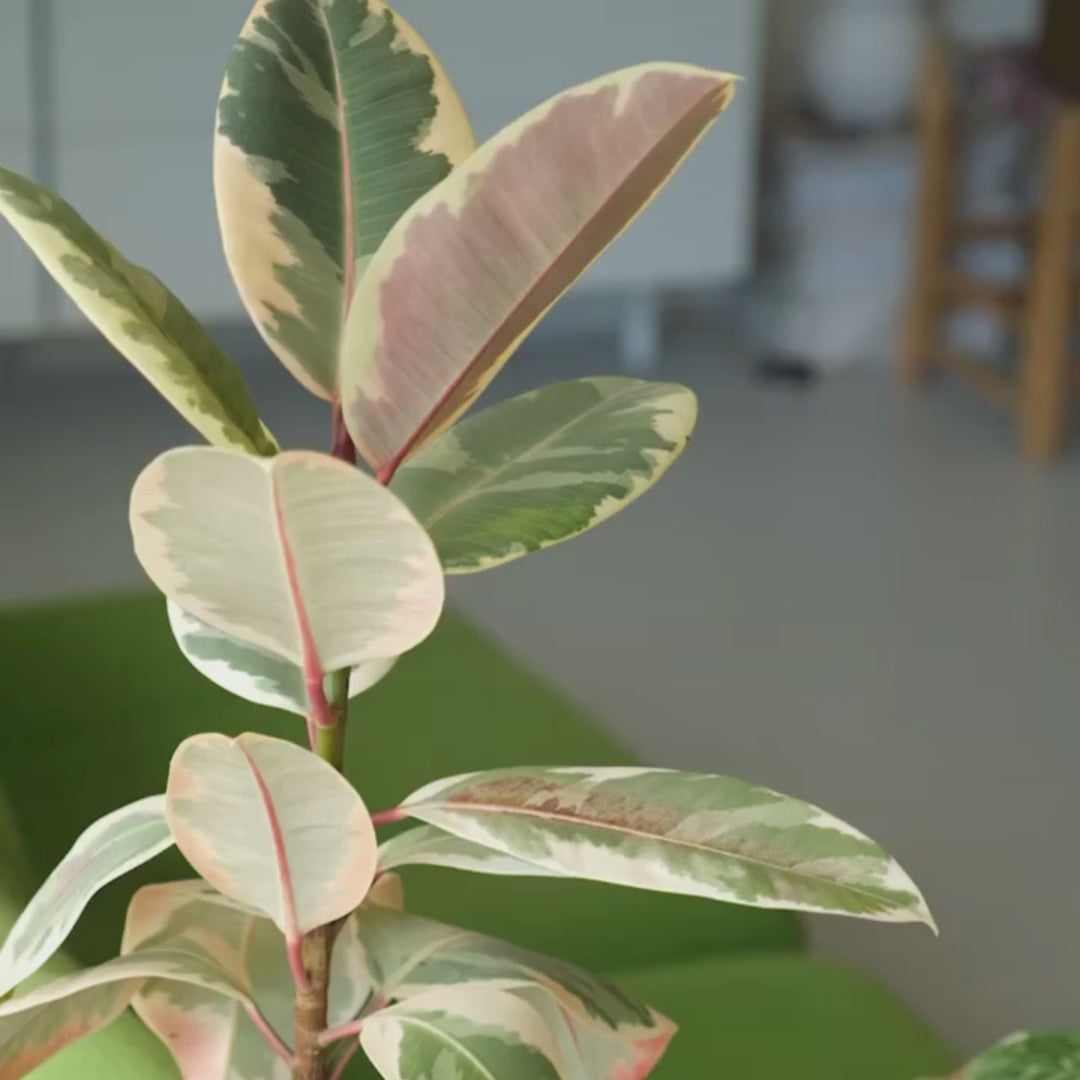🪴 You have a soft spot for plants and you want your living room to become a real jungle? But you don't know where to start? And you're on your 7th attempt, and you've given up...
We've all done it: buy a plant, bring it home, not know where to put it, forget about it and watch it wither.
We have put together some tips for you to help you choose the best plant for your space!
Evaluate your space
Before rushing to a garden center (we know, we all want to), take the time to evaluate the light in your home. Light is essential for plants because it is one of the primary reasons for their growth and proper development.
Look at the natural light in each room of your home. You can use a compass to determine the orientation of your windows and understand the quality of light they receive.
Importance of light for plants
Plants feed on light through photosynthesis. Without enough light, their leaves can turn yellow, brown and fall off. In dark corners, even a sturdy plant can suffer.
Understanding the light in your home
Observe how the sun moves through your home. Note the times of day when each room is brightest.
North-facing windows receive soft light, ideal for plants that don't need a lot of direct light. In contrast, south- and west-facing windows provide more intense light, perfect for succulents and cacti.
Plants adapted to different light conditions
Each plant has specific light needs.
Here are some suggestions to help you choose the right plants depending on the orientation of your windows:
Plants like ferns, pothos, and calatheas do well in soft light conditions. These plants tend to have thinner leaves and prefer indirect light.
Succulents, cacti and some ficus species are adapted to intense light. These plants have thick or fleshy leaves that allow them to withstand stronger sun exposure.
Specific examples
- Pothos : Best for locations with indirect light, such as a northeast window.
- Cactus : Perfect for a southwest window where the light is intense and direct.
- Calathea : Prefers soft, indirect light, ideal for northeast windows.
By understanding the light in your home and choosing plants that are suited to each condition, you can create an environment where your plants will thrive. Remember to observe and adapt to each plant's needs to provide them with the best possible conditions.
What type of plant are you looking for?
The plant of your dreams, beyond the light and care it needs to be given, must please you! So depending on your tastes and how you like your plants, choose them also according to your desires
Also consider how the plant will look and function in your space. Are you looking for a large plant for an empty corner or a hanging plant to decorate a shelf?
- Large, imposing plants : Ideal for filling empty corners or creating a focal point in a room. For example, a Monstera deliciosa will fit perfectly in an empty corner of your living room
- Hanging Plants : Perfect for adding a touch of greenery to your shelves or for decorating high spaces. Pothos or spider plants will look great on your shelves.
- Small-leaved plants : Ideal for offices or small spaces where you want to add a touch of greenery without cluttering the space. A Fittonia or a pilea will do the trick very well.
Create the right conditions
Even if your home isn't ideal for certain plants, you can create the conditions necessary for them to thrive. Using grow lights and humidifiers can greatly improve the environment for your plants.
Grow lights are an effective solution to compensate for the lack of natural light. They provide the light spectrum needed for photosynthesis and can be used to extend the duration of light exposure, especially in winter. LEDs are often preferred for their energy efficiency and low heat production.
It is important to place the lamps at an appropriate distance from the plants to avoid burning the leaves while ensuring sufficient exposure.
Maintaining adequate humidity is also crucial for many houseplants, especially tropical plants. Using a humidifier can increase the humidity in the room, especially in winter when central heating dries out the air. You can also group your plants together to create a more humid microclimate. Another method is to place your pots on trays filled with pebbles and water; the evaporation of the water will increase the humidity around the plants.
To also maintain optimal humidity and hydration, you can use ollas . These are small terracotta water reservoirs, to be planted in the ground, to water your plants directly at the roots. The water is diffused slowly and according to the needs of each plant, which allows the plants to remain hydrated despite your small forgetfulness of watering.
Terrariums are a great option for plants that require constant humidity. They create an enclosed environment where humidity is maintained naturally, which is ideal for delicate plants.
By adjusting light and humidity, you can turn your home into a welcoming environment for a wide variety of plants, even those with specific needs.
Every plant has unique needs and it is important to understand and respect them in order for them to thrive 💚


